Dimebag day: a guide to Dimebag Darrell signature gear
Dime's signature guitars, amps, pedals pickups and strings
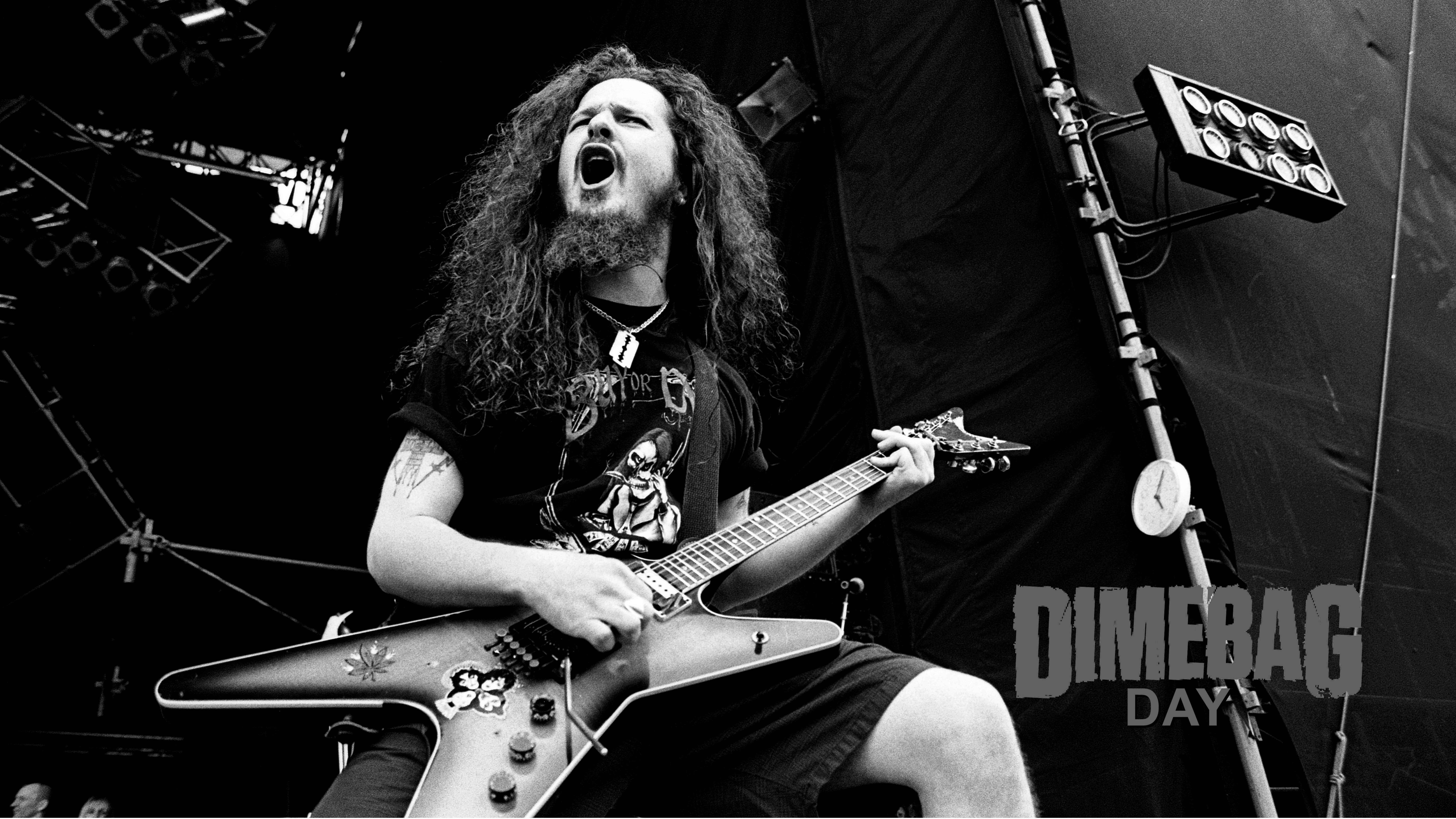
Dime day: Dimebag's signature gear
Dimebag day: Few guitarist's names have featured on signature products more than Pantera/Damageplan's Dimebag Darrell. We've rounded them up here to bring you a guide to the core products created in Dime's name, some with his involvement, others without.
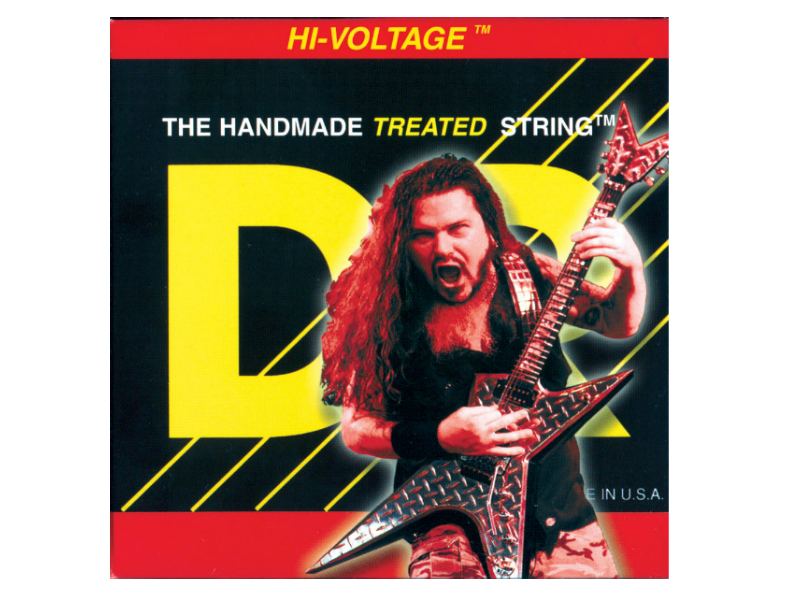
DR Dime Strings
Signature strings? Yep, Dimebag has his own line of DR Strings which are still available today.
The company’s website quotes “I've been playin' the strings of strength since 1995. I like the way DR Strings feel and the way they react, you c an really get a grip on them. They're great for everything, from big ol' string bends, to huge whammy bar dives, perfect for blood curdling harmonic screams and just straight out heavy chunky riffin'. They also stay in perfect tune and remain fresh and bright for an amazingly long time."
In case you’re wondering, Dime would use gauges from 9-42 (standard tuning) to 9-46 (drop d) and 11-50 for lower tunings.
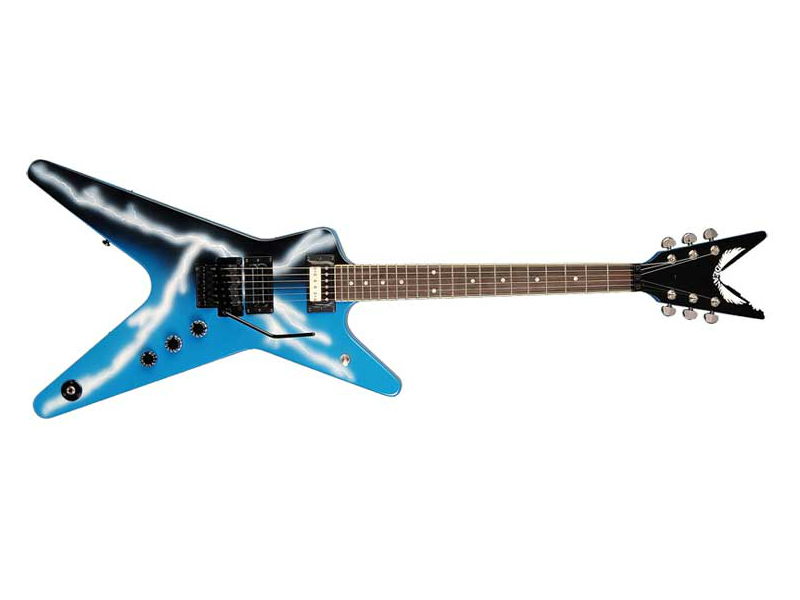
Dean ML
Dime was loyal to the ML shape throughout his career. He originally started playing the Dean ML after winning them in guitar competitions. His custom-painted Dean From Hell (featured on the cover of Cowboys From Hell) is surely the guitar most closely associated with Dimebag, and when he returned to playing Dean guitars in 2004, the company produced replicas of Dime’s guitar, featuring the famous lighting bolt graphic.
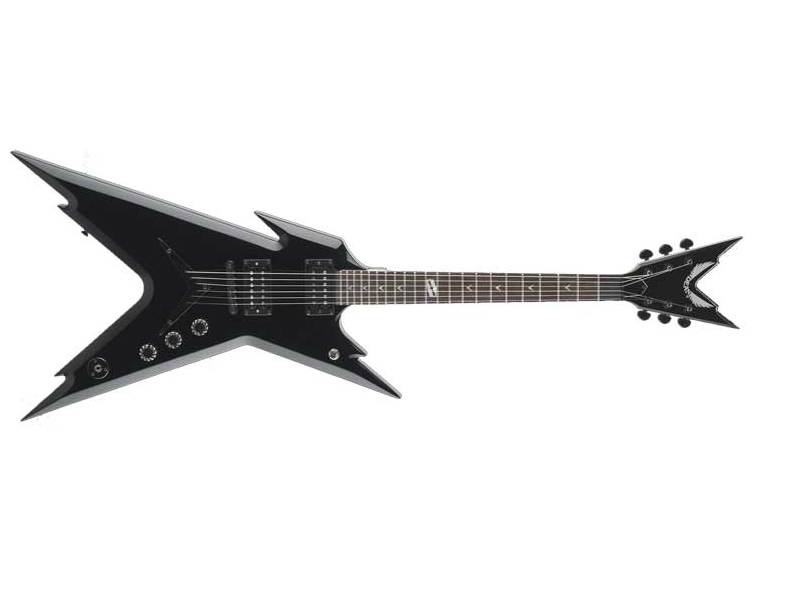
Dean Razorback
Dime’s return to Dean in 2004 saw a prolific period of design between himself and Dean Zelinski, culminating in the Razorback. Essentially, a hot-rodded ML complete with barbed cutaways and bevelled edges. According to Dean Zelinski, Dimebag had a raft of ideas for finishes, “The guy was an artist, he could draw. He went to Target and I think he got a bunch of coloured markers. He had like a graphic chart with all these ideas, he had all these designs [for finishes] laid out.” Sadly, Dimebag never got to play the completed version of his design.
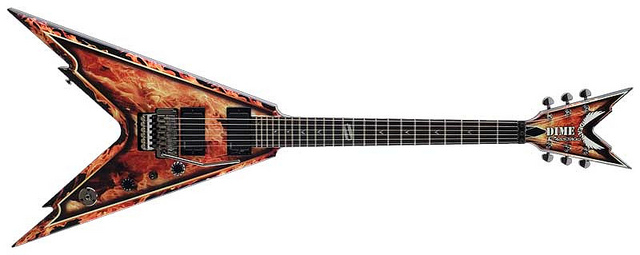
Dean Razorback V
Among the ideas conceived by Dimebag and Zelinski was the Razorback V, applying the same barbed and bevelled modernisation of the ML/Razorback to the classic symmetrical V-shape. The guitar features Dime staples including a Floyd Rose and his signature Seymour Duncan Dimebucker. Visual touches include a razorblade inlay and graphic finishes.
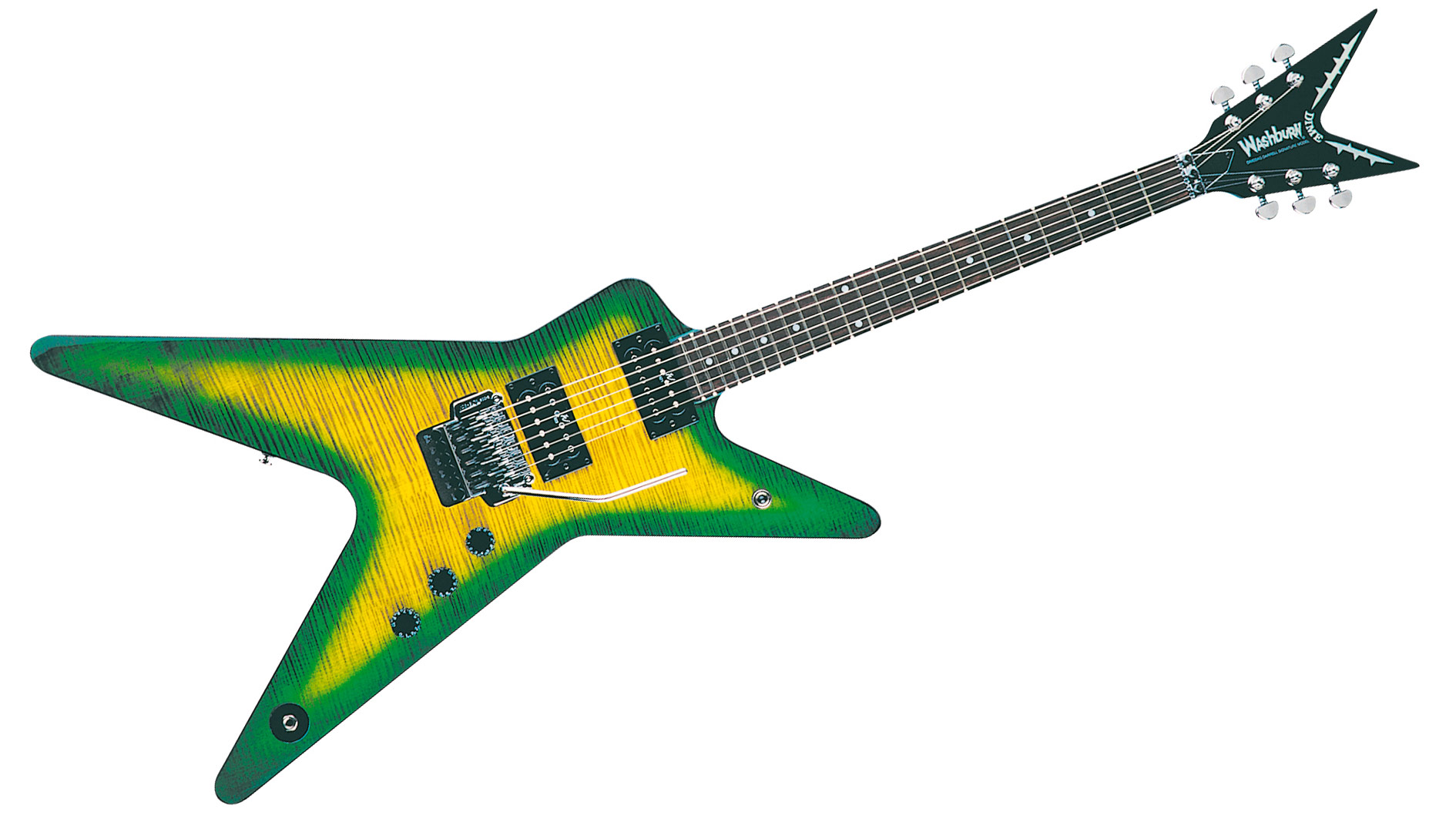
Washburn Dime 333
When Dean guitars ceased production in 1994, Dimebag started a ten-year relationship with Washburn guitars. The most common of this period is the Dime 333, most famously offered in the Dimeslime finish. Essentially, this guitar was a Washburn version of Dime’s Dean ML, complete with a licensed Floyd Rose vibrato and Washburn Eliminator humbuckers.
Washburn also produced the flagship US-made Dime 3 (Seymour Duncan pickups, original Floyd Rose), and entry-level Dime 332 (bolt-on neck, own-brand electronics and a fixed bridge).
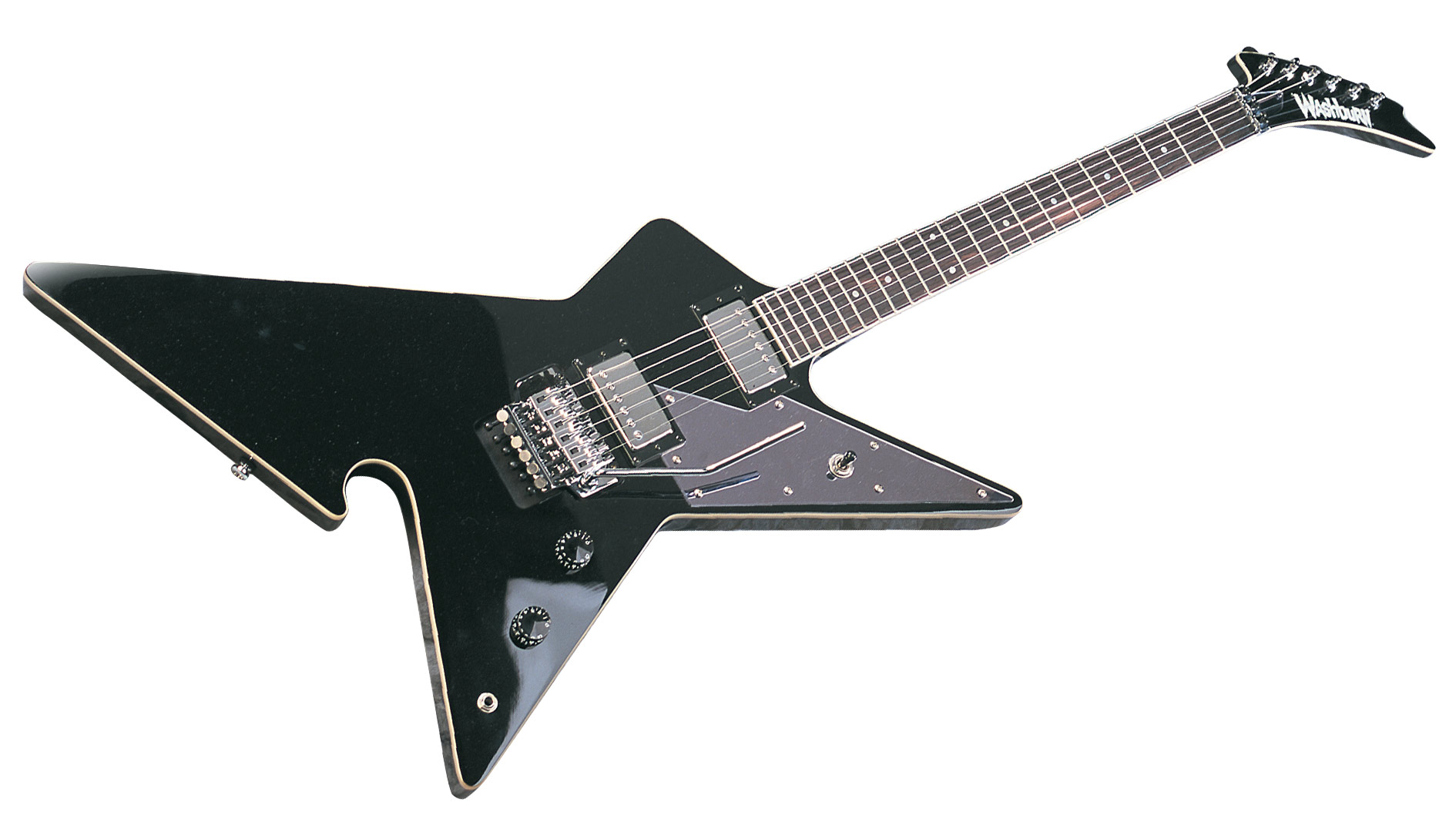
Washburn Culprit
Perhaps the least talked about Dime signature, the Culprit took a knife to the classic X-shape design, featuring a notched cutaway at the bottom of the body. Other features included Washburn humbuckers, a locking vibrato, and single volume/tone controls and a six-a-side headstock. It was released in 1998 and remained in production until 2000 and was available in either black w/mirrored scratchplate or translucent red finishes.
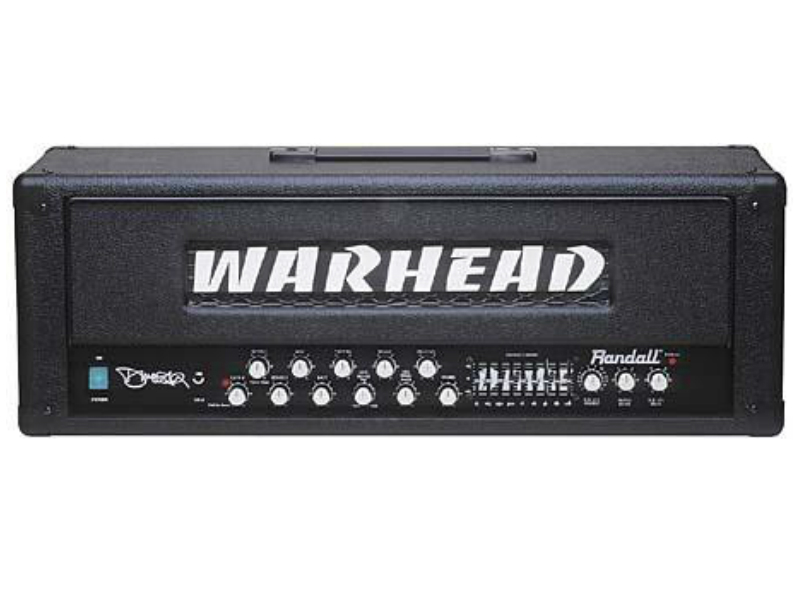
Randall Warhead
It’s well-known that Dimebag favoured the sound of solid-state amps for his razor-sharp sound, and the brand he played for most of his career was Randall. Having started out with RG100ES heads early on, ad moving to Century 200s later, the company finally unleashed the Dime-approved Warhead and Warhead Combo in 2000. It was a monster: 300 watts, two channels, sweepable mids, a nine-band graphic EQ and 16 reverb/delay/modulation effects presets. The manual even included an instruction from Dime to “Crank this mutha up, feel the inspiration and blow everybody away!!” Before signing off, “Jam Balls Out Forever!!!”. A simplified version came next…
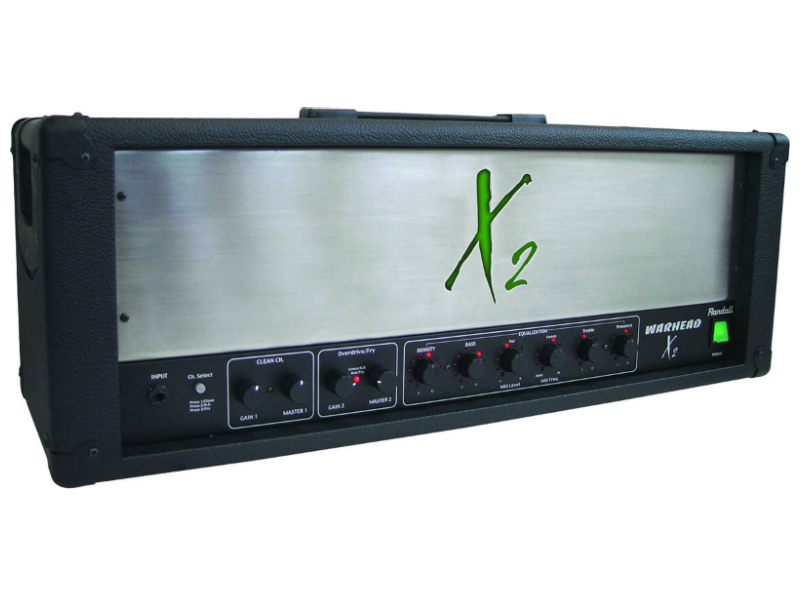
Randall Warhead X2
Simplifying the feature-packed original Warhead, the X2 arrived in 2004.
At the time, Dimebag told Guitar.com “It's basically a stripped-down version of the Warhead 1. The Warhead 1 had so many bells and whistles on it that if you didn't know what you were doing, you could either tune it in really kick ass, or you could lose focus of what you were doing. I had so much stuff on that thing because I wanted everybody to have full control over it. But kids today just want to plug in and jam. So I've kinda just simplified the Warhead 2 so there's no way you can get any uncool tones out of it.”
It featured the same 300 watt power amp with a two-channel, three-mode layout (including the ‘Fry’ boost on channel two. Gone was the graphic EQ and effects, but you still got the all-important mid sweep.
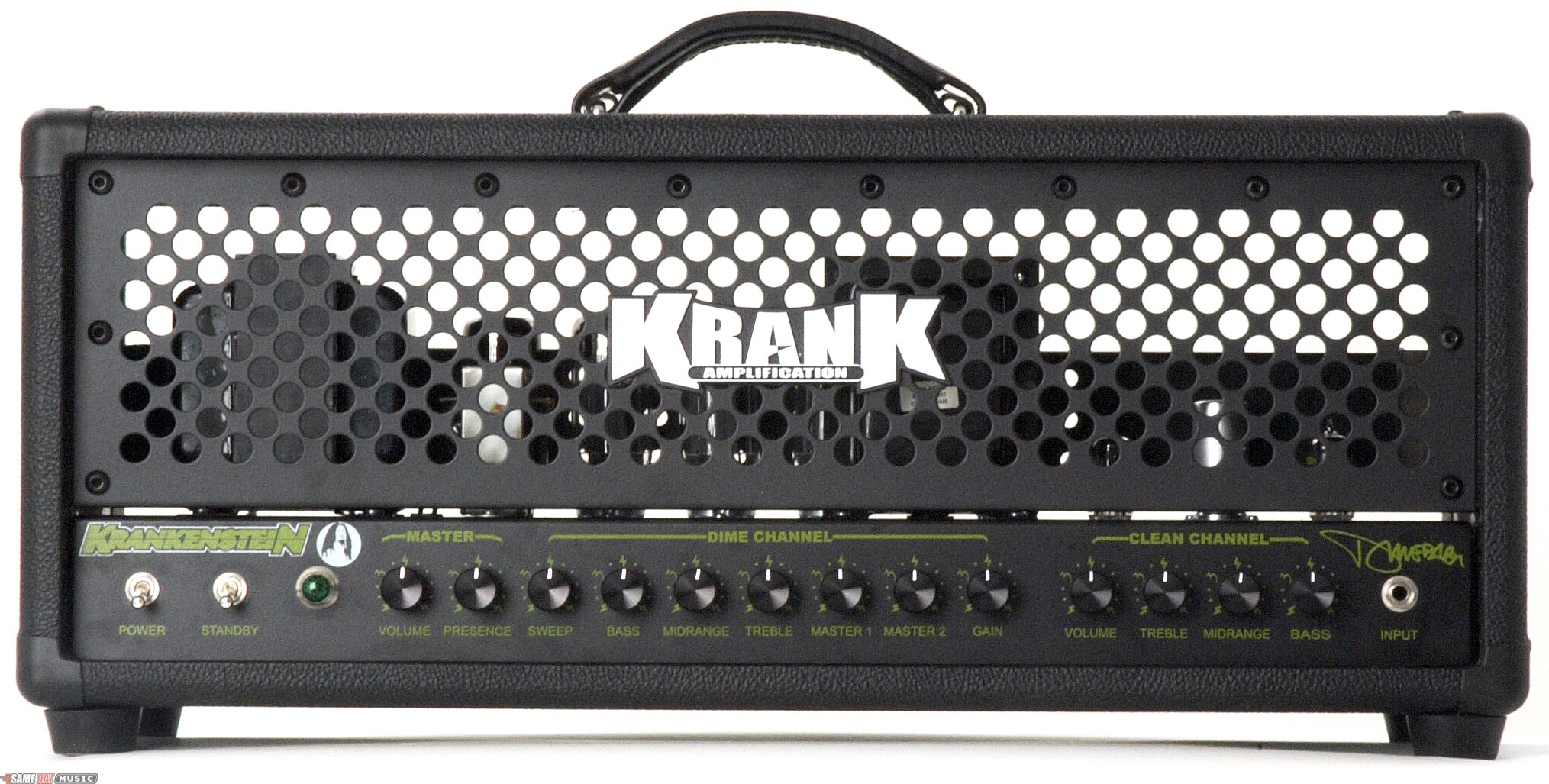
KranK KranKenstein
As the poster boy and everyone’s main defence in the valve vs solid-state argument, Dimebag threw the world a curveball by switching from Randall to the now defunct KranK in 2004. It features four 5881 power valves for a 100-watt output, four 12AX7 preamp valves, and ‘Kleen’ and ‘Dime’ channels, both with separate three-band EQ. KranK also issued the KranKenstein Jr: a 20-watt version of Dime’s amp.
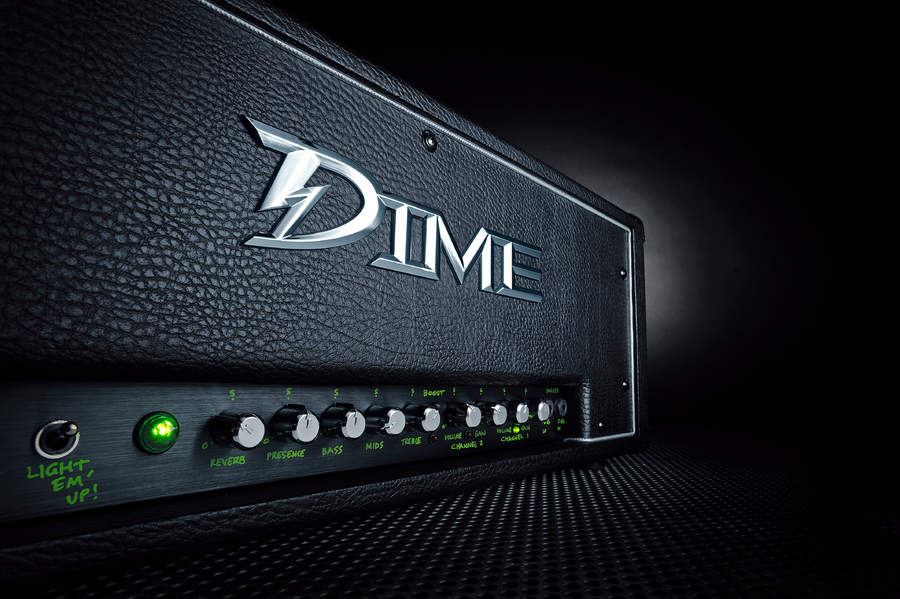
Dime Amplification
In 2009, Elliott Rubinson (Dean guitars) Dime’s longterm guitar tech, Grady Champion, and former Randall designer Gary Sunda collaborated to design the Dime Amplification range. The D100 head and combo are solid-state designs with two channels, four-band EQ and two footswitches. The writing on the front panel is actually that of Grady Champion. Dime Amplification also offers the Blacktooth; a 20-watt practice amp. Despite both parties’ connection to Dime, and the concept of offering Dime’s sound at an affordable price-point, the range came under heavy criticism from Dime fans for using Dime’s name to sell a range of amps released after his death, (obviously) without his involvement.
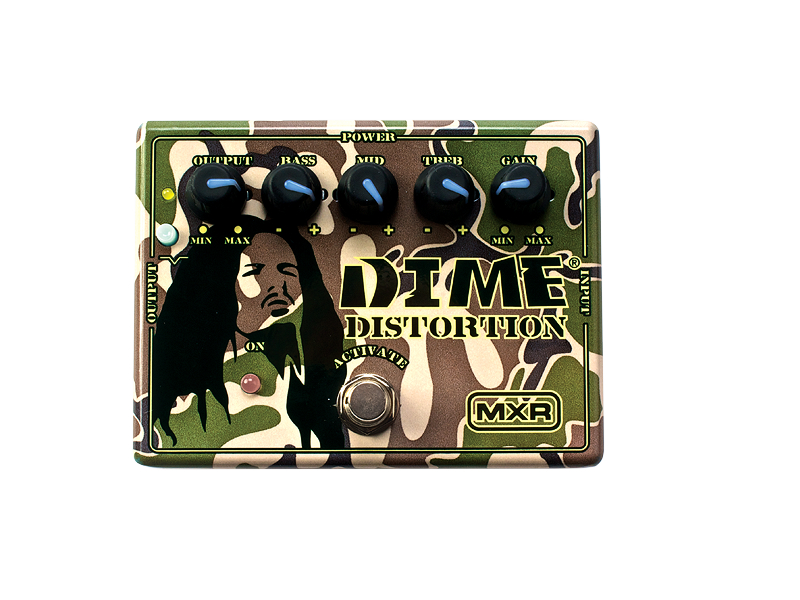
MXR Dime Distortion
Despite bearing Dime’s name, the Dime Distortion by MXR is actually better thought of as a tribute to Dime’s slicing distorted tone - he wasn’t actually involved in its design. This aside, we think it’s worthy of inclusion in this list, given its crushing gain capabilities. You get standard gain, level and three-band EQ controls, plus - perhaps most importantly - a preset ’scoop’ switch to help you achieve Dime’s dirty sound.
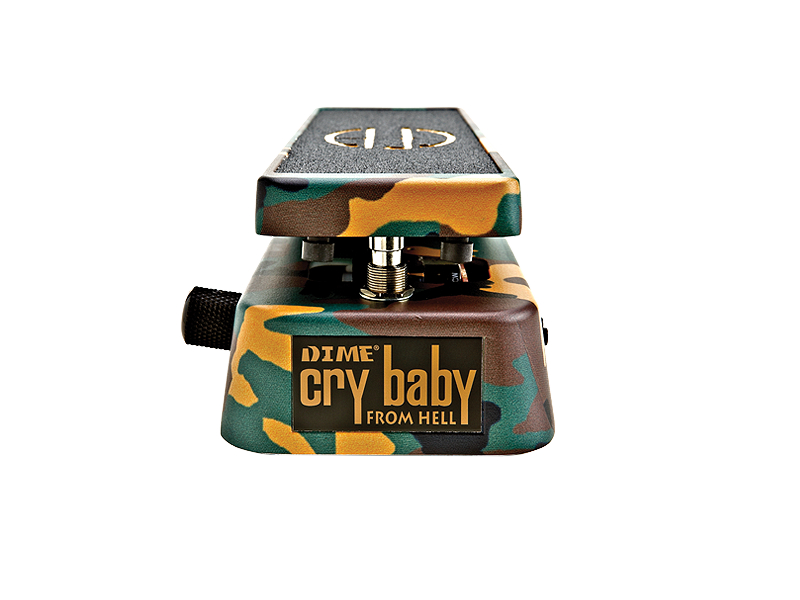
Dunlop Dime Crybaby From Hell
Far from being a rebadged GCB-95, the Dime-designed Dime Crybaby From Hell is actually one of the most versatile way pedals in the Dunlop catalogue. That large knob on the side switches between six ranges, while one the other side of the pedal are three trim pots, controlling a 16dB switchable gain boost, a variable Q and fine tuner for the toe-down position.
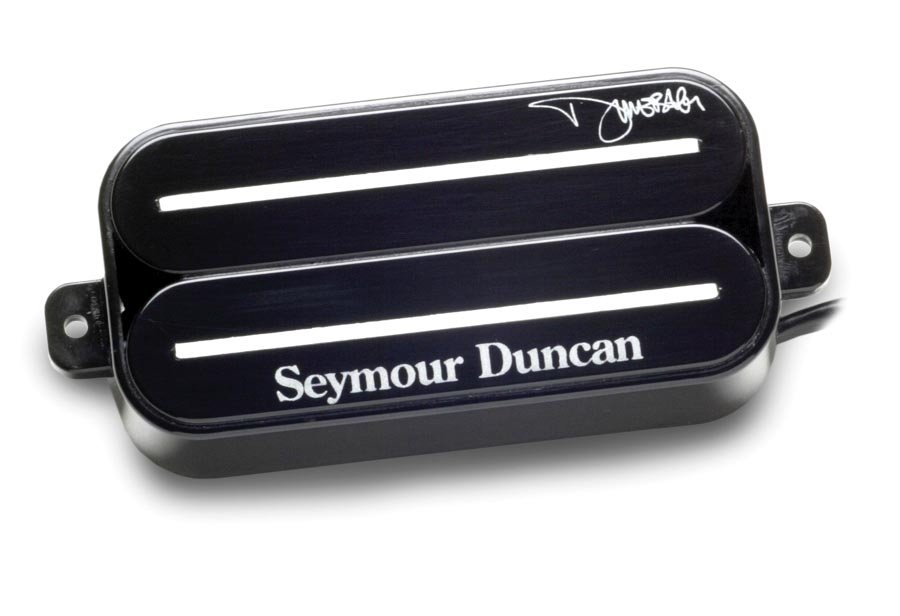
Seymour Duncan Dimebucker SH-13
The Seymour Duncan Dimebucker uses a bladed design similar to Dime’s beloved Bill Lawrence L 500 XL models. Designed for use in the bridge position, the Dimebucker’s magnets are ceramic and this pickup is an aggressive high-output humbucker with a 16.25k resistance. It comes with four-conductor wiring so you can hook up a coil split too. Seymour Duncan produces the DImebucker as a standalone, or part of a Dimebag set including a non-signature ’59 for the neck position.

Stuart has been working for guitar publications since 2008, beginning his career as Reviews Editor for Total Guitar before becoming Editor for six years. During this time, he and the team brought the magazine into the modern age with digital editions, a Youtube channel and the Apple chart-bothering Total Guitar Podcast. Stuart has also served as a freelance writer for Guitar World, Guitarist and MusicRadar reviewing hundreds of products spanning everything from acoustic guitars to valve amps, modelers and plugins. When not spouting his opinions on the best new gear, Stuart has been reminded on many occasions that the 'never meet your heroes' rule is entirely wrong, clocking-up interviews with the likes of Eddie Van Halen, Foo Fighters, Green Day and many, many more.

